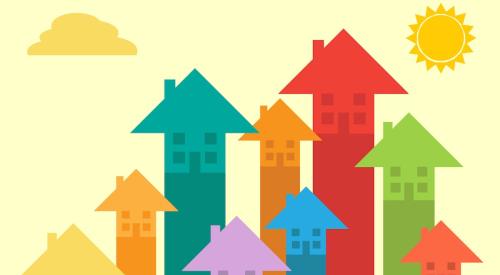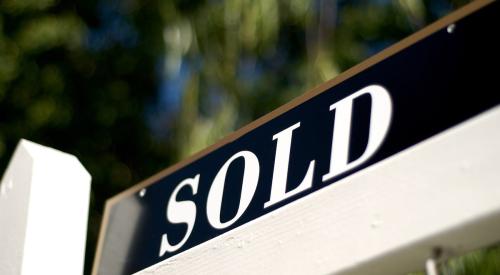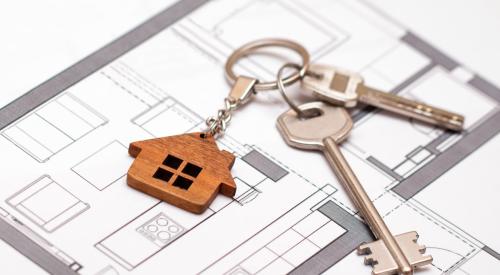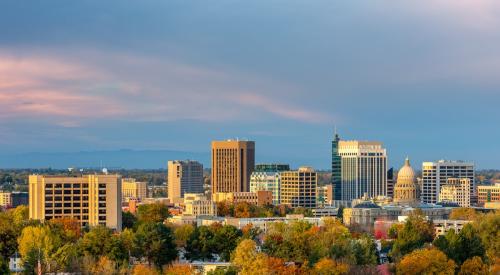Housing is both a basic necessity and a key component of wealth, according to MarketWatch, but stagnant housing supply and robust demand across the U.S. are driving forces of rapid home price inflation, pushing homeownership out of reach for a growing segment of prospective buyers. The U.S. needs an additional 4 million more housing units to satisfy rising demand for shelter, but builders are still playing catch-up after a 22.3% decline in housing starts during the first months of the pandemic.
Nearly two years later, real house prices are up nearly 20%, but as remote work becomes more widely accepted, some metros are seeing larger price hikes than others. Boise reported a 15.8% price increase in 2020, while New York and San Francisco both saw gains under 5%. As new home construction picks up at the start of 2022, builders and homeowners are eyeing affordable housing and awaiting an industry-wide path to normalcy after a tumultuous two years.
Overall high house real price growth in the United States masks the dramatic variation across cities. The chart illustrates this by showing the annual real house price growth rate in Boise, Idaho, Stockton, Calif., New York, and San Francisco as well as the nation as a whole.
In 2020, the real house price growth was 15.8% for Boise but only 6.5% for Stockton, 4.6% for New York and 2.6% for San Francisco. In the first three quarters of 2021 this rate almost doubled to 30.6% in Boise, almost tripled in Stockton to 19.2%, but rose much less in New York (7.9%) and San Francisco (3.4%).













